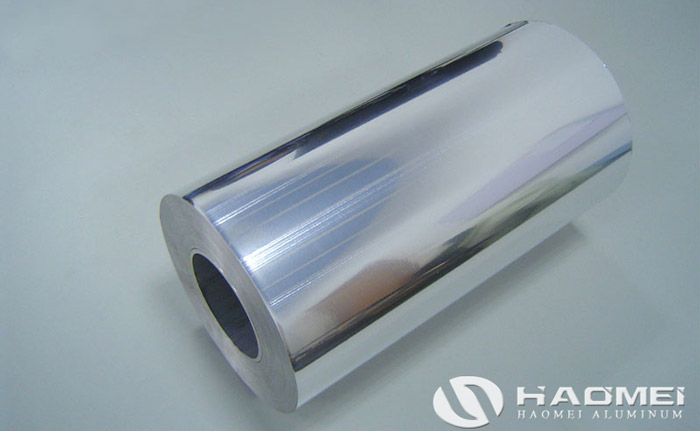Tin foil and aluminum foil are two kinds of metal materials commonly used to wrap food. The tin foil and aluminum foil differences are mainly reflected in the three aspects of material technology, physical and chemical properties and appearance characteristics. Because aluminum foil is softer than tin foil, the melting point is higher, and the price is cheaper, so now more aluminum foil is used instead of tin foil for grilling. When grilling, aluminum foil wraps food mainly for two functions, one is to act as a container, and the other is to serve as heat insulation.

Let’s take a look at the tin foil and aluminum foil differences in details. Aluminum foil refers to the thin foil made of aluminum coil by rolling. It is often used to wrap food. Most of the tin foil we use now is aluminum foil, so what is the difference between aluminum foil and tin foil?
1, Different materials and processes
Aluminum foil is processed by metal aluminum or aluminum alloy through rolling equipment, and the general thickness is below 0.025mm; while tin foil is processed by metal tin or tin aluminum alloy through rolling equipment.
2, Different physical and chemical properties
The melting point of aluminum foil is 660 ° C, the boiling point is 2327 ° C, the appearance is silver-white light metal, it is ductile, and it can form an oxide film to prevent metal corrosion in humid air. The melting point of tin foil is 231.89 °C, and the boiling point is 2260 °C. It has the characteristics of good corrosion resistance and low melting point. The appearance is silvery white and slightly blue metal.
3, Tin foil and aluminum foil differences in appearance characteristics
Tin foil is much brighter than aluminum foil. The tin foil sold is usually stacked one by one, and there is cotton paper between each sheet. It is difficult to cut and the price is more expensive. While aluminum foil is stiff and easy to cut, and rolls are often used, most of them are packaged in rolls, which are cheaper, so they have gradually replaced tin foil and become the mainstream of the market.



